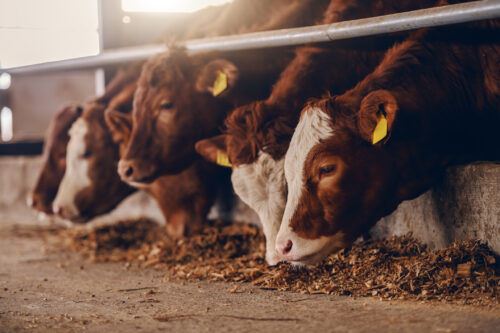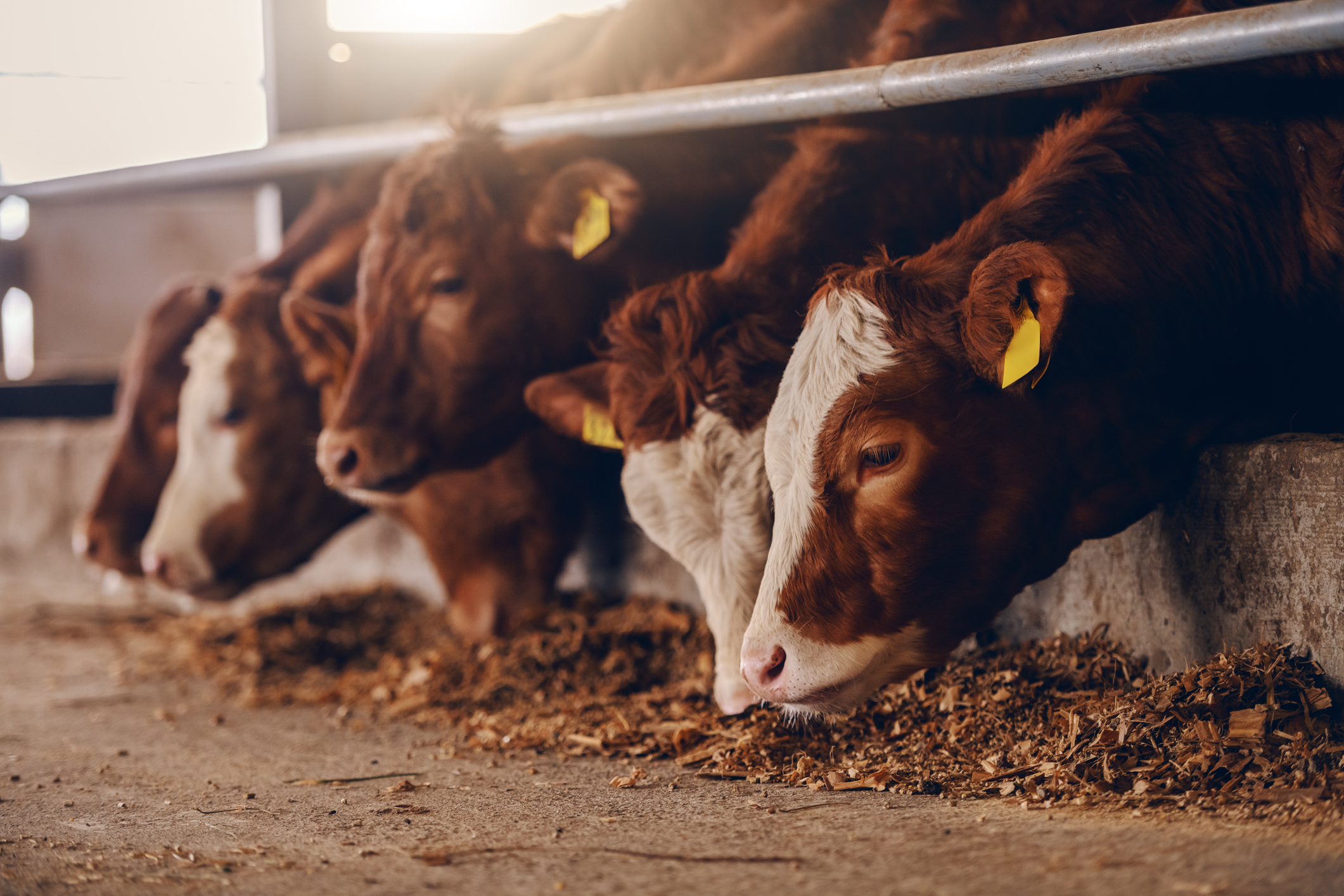Environmental Impact of Animal Agriculture: What No One Talks About When Discussing Climate Change

Animal agriculture refers to the entire process of breeding, raising, and butchering livestock. It also includes the crops that are needed to feed these animals. It can also be known as factory farming.
The biggest problem facing animal agriculture is its environmental impact. Learn how animal agriculture contributes to climate change and how making a diet change can help the planet.
The Role of Animal Agriculture in Climate Change
Animal agriculture’s environmental impact on the world is much larger than most people realize. In fact, nearly 70% of wildlife is gone. Gerard Wedderburn-Bisshop explains the entire process within our webinar “Climate Change Mastermind: Appetite for Destruction”.
But if you’re not in the mood to watch a webinar, feel free to keep reading to understand how animal agriculture is harming the environment.
Greenhouse Gas Emissions from Livestock
As you probably already know, greenhouse gases contribute to the planet’s warming. They absorb energy and stay in the atmosphere for a long time.
Methane and nitrous oxide are notorious gases in animal agriculture. Methane is a strong greenhouse gas; in fact, it’s 25 times more potent than carbon dioxide. Nitrous oxide is another potent greenhouse gas and is 300 times stronger than carbon dioxide. Both take over 100 years to break down.
Cattle release a surprising amount of greenhouse gases. Beef and milk production causes 14.5% of greenhouse gas emissions through cattle belching, dairy production, and manure.
Air Pollution from Factory Farming
Did you know that air pollution is the world’s biggest environmental health threat? Air pollution is connected to 7 million global deaths annually. Out of 15,900 annual deaths from food-related particulates in the United States, 80% can be attributed to animal-based foods.
This pollution is created and spread through the air from greenhouse gases, manure, and microparticles from butchering.
Land Use and Deforestation
A lot of land is needed to house and feed livestock, contributing to mass deforestation. The planet loses around five million hectares of forest every year—41% of which is driven by beef production.
Deforestation causes chaos for the environment because the massive loss of trees releases carbon dioxide into the atmosphere. That means the earth can’t store carbon, causing other sources of carbon dioxide to enter the atmosphere.
Loss of Biodiversity and Ecosystem Destruction
Deforestation also disturbs the habitats of various animals, insects, and plants, leading to mass extinctions and the loss of biodiversity. Massive changes like removing all the trees in an area cause chaos for the different species within the ecosystem, ultimately harming the planet.
It’s projected that of 19,859 land-dwelling creatures, 87.7% will lose their habitats by 2050 due to agricultural expansion.
The Enormous Water Footprint of Animal Agriculture
Water covers around 71% of the earth. Only 3% of that is freshwater, and only 0.5% of freshwater is available.
Raising livestock uses a lot of water. It’s estimated animal agriculture uses 20% of fresh surface and groundwater for feed production, amounting to around 10% of the global water flow each year.
To put it into context—a cow needs at least three liters of water to make a liter of milk. A high-performing cow can use 150 liters of water every day.
So the more meat production there is, the more freshwater is needed to maintain production, which means less drinking water for the rest of the earth.
Water Pollution from Livestock Waste
Did you know that livestock produces 1.4 billion tons of manure in the US each year? Where does all that manure go? You’re not going to like the answer—into the ground and water sources.
Manure is a great, natural way to feed crops, but there’s just too much of it. The ground can only absorb so much, and then it starts to run off into water sources like rivers and lakes.
Additionally, manure may not be used right away; instead, it’s set aside in a large pile. This means different types of manure create a mix of antibiotic residue, bacteria, and chemicals that slowly get absorbed into groundwater.
Impact on Aquatic Ecosystems
What does all that excess manure runoff do to the ecosystems in lakes and rivers? Well, it can cause aquatic plant growth to accelerate. While that might sound like a good thing, it actually causes the water to have less oxygen—leading to widespread biodiversity death.
Around one-third of freshwater fish are facing extinction. We lost 16 different species of freshwater fish in 2020 alone.
The Issue of Antibiotic Resistance in Livestock
Antibiotic resistance is a huge problem. In 2019, an estimated 4.95 million deaths were tied to antimicrobial resistance.
This problem will only worsen because it’s common practice in animal agriculture to give livestock antibiotics constantly. This is done to prevent illness due to unsanitary conditions and to promote growth. Not only are we eating meat with antibiotics in it, but they can also be found in the manure that enters the ground and nearby water sources.
Is There an Alternative to an Animal-Based Diet?
If all this information is turning your stomach, you’re not alone. Many people choose a plant-based diet to be more environmentally friendly and to improve their health. Professor Rupert Read explains why this change is crucial for the environment in “Climate Change Mastermind: Why Veganism and Anti-waste Freeganism Are Vital for Reducing Ecological Harm”.
A plant-based diet is when your food exclusively comes from plant sources, which include:
- Fruits
- Vegetables
- Whole grains
- Nuts
- Seeds
- Herbs
- Spices
- Legumes
A plant-based diet can improve your health because it has more nutritious ingredients like protein, fiber, good fat, vitamins, minerals, and starches. Starches are much more important to our diet than people realize. Through a plant-based diet, people naturally lose weight or even have relief from certain chronic conditions.
Browse through some success stories from others who gave a plant-based diet a try under Dr. McDougall’s guidance.
Eat Delicious Meals While Helping the Environment
If you want to learn more about how diet can affect your body and the climate on your own timeline, you’ll find valuable information at The McDougall Foundation.
For now, know that a plant-based diet gives you a wide range of options for tasty meals while also helping the environment. With many people making the change, the animal agriculture industry will not only stop expanding but begin to shrink, leading to a reduction in animal agriculture’s impact on the environment.
If you aren’t sure where to start, Dr. McDougall offers some recipes you can try. Or, if you want more exclusive information, sign up for Dr. McDougall’s program!






